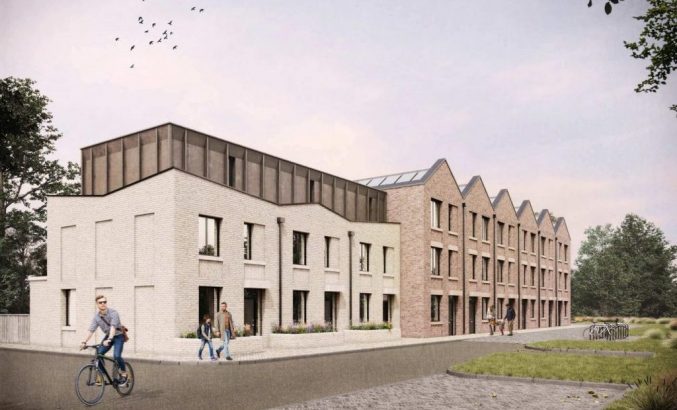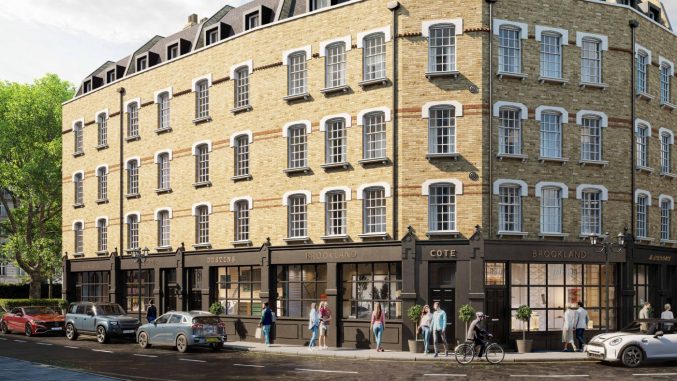Bridging lending falls in Q2 as rising interest rates place finances under pressure
By Bridging Loan Directory

According to the latest Bridging Trends data, bridging loan transactions in the second quarter fell to £165.7 million – the quietest quarter since Q1 2022.
Consumer caution in taking on unnecessary debt amid stubbornly high inflation and mortgage interest rate rises impacted the overall demand for bridging finance in Q2, with Bridging Trends contributors reporting £165.7 million in bridging loan transactions – the lowest quarterly figure since Q1 2022 (£156.77 million) and a 40.6% drop from Q1’s record-breaking £278.8 million.
The effects of consecutive base rate hikes continued to further impact the bridging market, pushing the weighted average monthly interest rate on a bridging loan from 0.79% to 0.84% – the highest interest rate since Q2 2020 (0.85%).
Despite this rise borrowers are not overstretching themselves as the average loan-to-value remained comfortably under 60%, at 56.9%, an increase from 54.7% in Q1.
This reluctance to overburden themselves unnecessarily was further demonstrated by “minimum loan amount” replacing “regulated bridging” as the top criteria search made by brokers on Knowledge Bank’s system in Q2.
Soaring interest rates and product pulls from mortgage lenders have impacted confidence in the mortgage market, causing borrowers to turn to bridging finance to complete their property purchases.
In Q2, regulated bridging extended its market share from 46.2% in Q1 to 48.7% – the highest proportion since the 53% reported in Q3 2020 amid the stamp duty holiday. Furthermore, demand for bridging loans to prevent chain breaks remained the most popular use for bridging finance for the second consecutive quarter – at 24%.
Property investors and landlords returned to the market in Q2, with bridging loans for investment purchase purposes jumping from 15% in Q1 to 22% in Q2, likely due to investors and professional landlords taking advantage of a sluggish property market to purchase assets at a reduced rate.
Whilst second charge bridging loan demand dropped for the fourth quarter in a row to its lowest level since Q3 2021, decreasing from 11.2% in Q1 to 10.7% in Q2.
Pressure on the industry continued as the average bridging loan completion time jumped from 54 days in Q1 to 58 days in Q2. The average term of a bridging loan remained consistent at 12 months.

Sam O’Neill, Head of Bridging at Clifton Private Finance, comments:
“The rise in rate doesn’t come as a huge surprise but it’s good to see that it isn’t as much of a dramatic knee-jerk reaction as perhaps it could have been.
“Chain break” leading the charge in loan purposes shows that despite cost, a bridging loan is often a means to an end and that the juice is worth the squeeze.
Similarly, it’s no surprise to see investment purchases on the rise as investors (new and old) capitalising on opportunities in the marketplace often come to the surface at times of uncertainty.”
Dale Jannels, MD at impact Specialist Finance, comments:
“Although these latest figures might seem gloomy in terms of lending volumes in Q2, it feels far from it in terms of enquiries, although it is definitely harder and more time-consuming to get some cases placed and funded with interest rates where they are currently.
Despite this, what we are seeing is more motivated borrowers and fewer ‘tyre kickers’, which leads me to suspect a degree of pent-up demand is there and is ready to be unleashed once economic conditions become more favourable.”
Matthew Dilks, Bridging & Commercial Specialist at Clever Lending, comments:
“I have heard suggestions that regulated bridging will start to reduce as property sale exits are squeezed by lower sale values being achieved, but these figures along with what we are seeing at the start of Q3 show this isn’t really happening yet and I’m not sure it will either going forward.
Within the chain break figures listed, I would anticipate a decent proportion of these will be downsizers and such borrowers have substantial equity, so can ride slight reductions in their eventual sale price.
Finally, it’s also interesting to see a rise in finance for heavy refurbishments and I would expect to see this continue with professional portfolio investors seeking to improve yields with many opting to buy properties and immediately refurb, with many taking advantage with amateur landlords selling up.”










You must be logged in to post a comment.